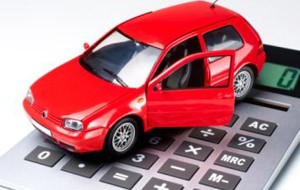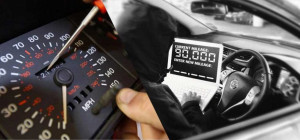 Buying a car is always very expensive and the range of financing options available can be both confusing and daunting. If you’re looking into getting a new car but don’t really understand the pros and cons of the different kinds of finance you can take out, here is a useful guide to provide you with advice on what might be suitable for you.
Buying a car is always very expensive and the range of financing options available can be both confusing and daunting. If you’re looking into getting a new car but don’t really understand the pros and cons of the different kinds of finance you can take out, here is a useful guide to provide you with advice on what might be suitable for you.
Personal Loan
Despite the array of specific car finance options, a personal loan from a bank, finance provider or building society is still the most popular way to get finance for a car. This is a good option if your credit rating is good, as the interest rates are at historical lows and this is usually the cheapest finance available. Easy to arrange either in person, over the phone or online, funds can be made available almost immediately.
This is also probably the simplest way to make a purchase as you pay the car off in full rather than being under the more complicated restrictions of other options. Make sure that you don’t just choose the first personal loan that is offered to you by your bank – shop around for the best rates and get the best deal you can find. Also remember that under no circumstances is it a good idea to secure the loan against your home because you could risk losing it if anything goes wrong and you fail to make payments.
Hire Purchase
Another popular option is a hire purchase in which you pay in instalments. Generally this first means putting down a deposit (usually a minimum of 10%) and then fixed payments are spread across a number of months. Hire purchase is usually very flexible and payments can be arranged from anything from 12 to 60 months or more.
The downside of hire purchase is that you do not own the car until the final payment. However, this is a very low-risk loan as it is secured only against the car, so if you don’t keep up with payments, the only thing you can lose is the car.
Personal Contract Purchase (PCP)
PCP is similar to hire purchase in that you pay a deposit followed by monthly payments – typically these payments will be much lower than hire purchase and the contract is usually over a shorter period of time (often between 12 and 36 months). However it differs at the end of the contract as there will always be a large final payment – known as a balloon payment – to make if you wish to purchase the car outright. Many people actually choose to return the car to the supplier (which costs nothing but you will have to make new arrangements for a car) or to trade in the car and start the process over again with a new car.
Note that if you are going to take up PCP you should be sure that you can predict your mileage over the course of the contract. If the car is returned with more miles on the clock you’ll need to pay an excess.
Dealer finance
Many people buying a car will be offered dealer finance – but the key issue here is that you need to make sure you’re not just walking into a bad deal. You need to look at all the different options available and pay attention to details; don’t fall for an eye-catching rate or monthly repayment. Instead, take it all in, especially the total repayable amount.
One of the best things about dealer finance is that everything is negotiable so you should never simply settle for the deal that is put it front of you. The deals are generally also quite simple and convenient.
Pay for it yourself
This one might seem a little obvious but if you have the money available to you in savings, paying for the car outright could actually be a very sensible option. Interest rates are at exceptionally low levels at the moment so your money won’t be doing you much good simply sitting in an account. If you borrow money it will be at a much higher interest rate than what your savings would get you in a bank.
It’s also worth noting that if you don’t have enough in savings or don’t want to pay for the car outright, it can be very valuable to put down a larger deposit on finance options to make the term more favourable.
Some people even use credit cards by making the most of the 0% balance transfers and purchases for set periods and then regularly switching between cards. This means putting in an awful lot of work, however.







